Ashes in the garden
For those who make a fire in the fireplace, we can collect the ashes for the garden. Ashes in the garden are a real little extra… If you don’t overdo it!
#cendresaujardin #garden #cendresdebois #cendresdepellet #vegetablegarden #wood #vegetablegardenroland
Ashes in the garden
Obviously, you need a fireplace or a pellet stove to collect the ashes. We are talking here about wood ashes. A good natural and untreated wood. Rather than taking them to the recycling center, and consuming gasoline unnecessarily, you might as well use the ashes in the garden.
These ashes have properties that should not be overlooked…
A closer look at their chemical composition reveals that wood ash is rich in minerals such as potassium, calcium and magnesium.
That’s good, the plants need it!
A small defect to which attention should be paid, wood ashes have a high content of carbonates and hydroxides, which makes them very alkaline. Not terrible for already calcareous soils.
So when we know all this, we will use the ashes in the garden to improve the quality of the soil by adding minerals and increasing the pH.
For the chemical analysis, it is an average… Depending on the quality of the wood, these data can vary significantly. But for us gardeners, we will say that the main lines remain true!
And more if we hit it off ?
And what ashes to use will you tell me? You can use ashes from firewood, barbecues, pellet stoves, as long as the burnt base is untreated wood!The ashes contain potassium which is an important nutrient for plants.It works very well with roses, small fruits, vines, peonies, tomatoes and in general, vegetables from the vegetable garden. It is also effective on bamboo.As we have seen, they are rather alkaline, so avoid using them for heather soil plants that require an acid PH.And still because they are alkaline, it is important not to put too much, otherwise they can destabilize the pH of the soil.And in addition, over time, the soil will suffocate and also become very heavy and difficult to work. So, it is the ashes, but without excess!
How to do ?
We will start by letting the ashes cool completely before using them. You think! Otherwise, it can burn the plants and your fingers at the same time… not terrible!If they are a little coarse, we will sift them to remove the large pieces of charcoal lying around.Then just sprinkle a thin layer of ash around the base of the plant and lightly work it into the soil. There are approximately 2 handfuls per m2, which corresponds to approximately 100 grams of ashes per m2. Don’t have fun weighing it’s a bit long…The ideal is to install them at the end of winter, it is the good period.Oh yes by the way, if there are any left, you can also keep them to trap slugs in the summer. We can make a barrier around the lettuces. They take “the feet in it”. It works as long as it doesn’t rain!
Enough is enough!
And what happens if too much ash is used in the garden?Well, one can cause problems due to the high alkalinity content of the ash. It is a blow to destabilizing the pH of the soil. This addition of limestone can raise the pH of the soil to levels that are too high. So, imagine if you already have very calcareous soil, it’s not going to do it…Excess also causes plants to overuse nutrients like phosphorus and iron. They can be eaten quickly, which inevitably causes a lack in the ground.One watchword, we will use them in moderation on the ground or in the compost.On the ground, as we have seen, it can cause suffocation of the earth if the layer of ash is thick. And in addition, the earth will become very compact, the roots will have difficulty in developing.In compost it’s the same, you can add it from time to time, two handfuls at each layer is perfect.The abuse of ashes is dangerous for the garden!

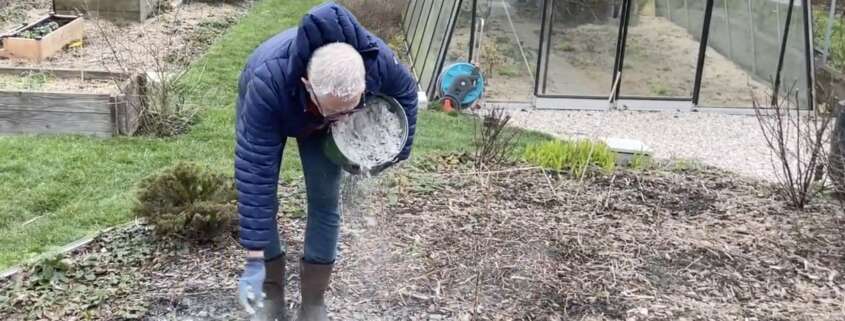

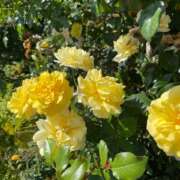
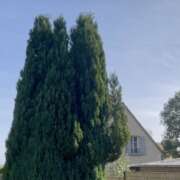
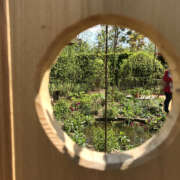
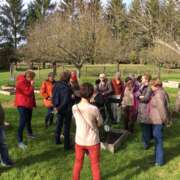
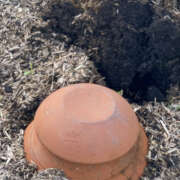

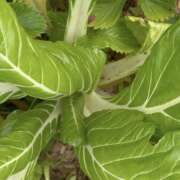


Leave a Reply
Want to join the discussion?Feel free to contribute!